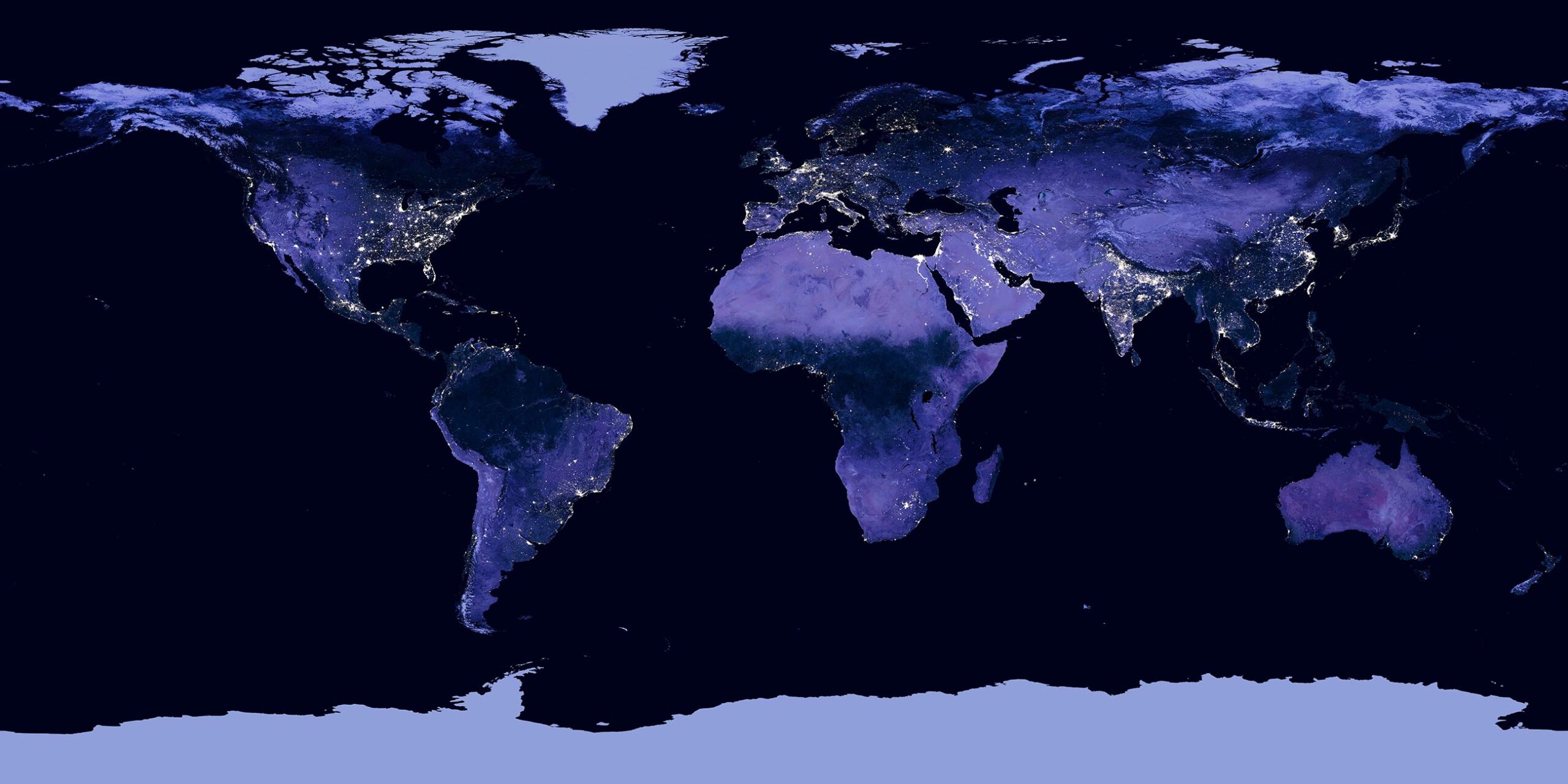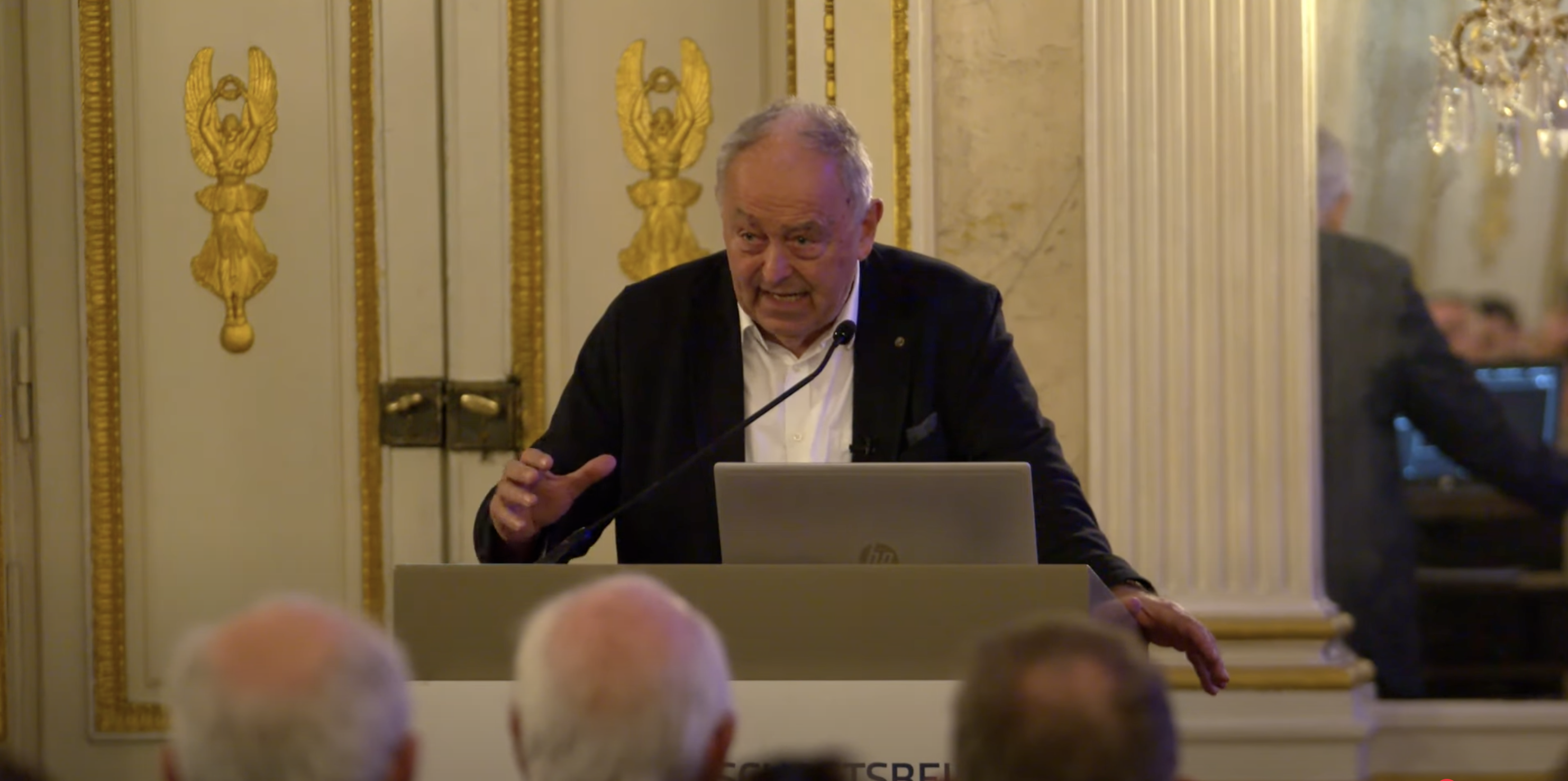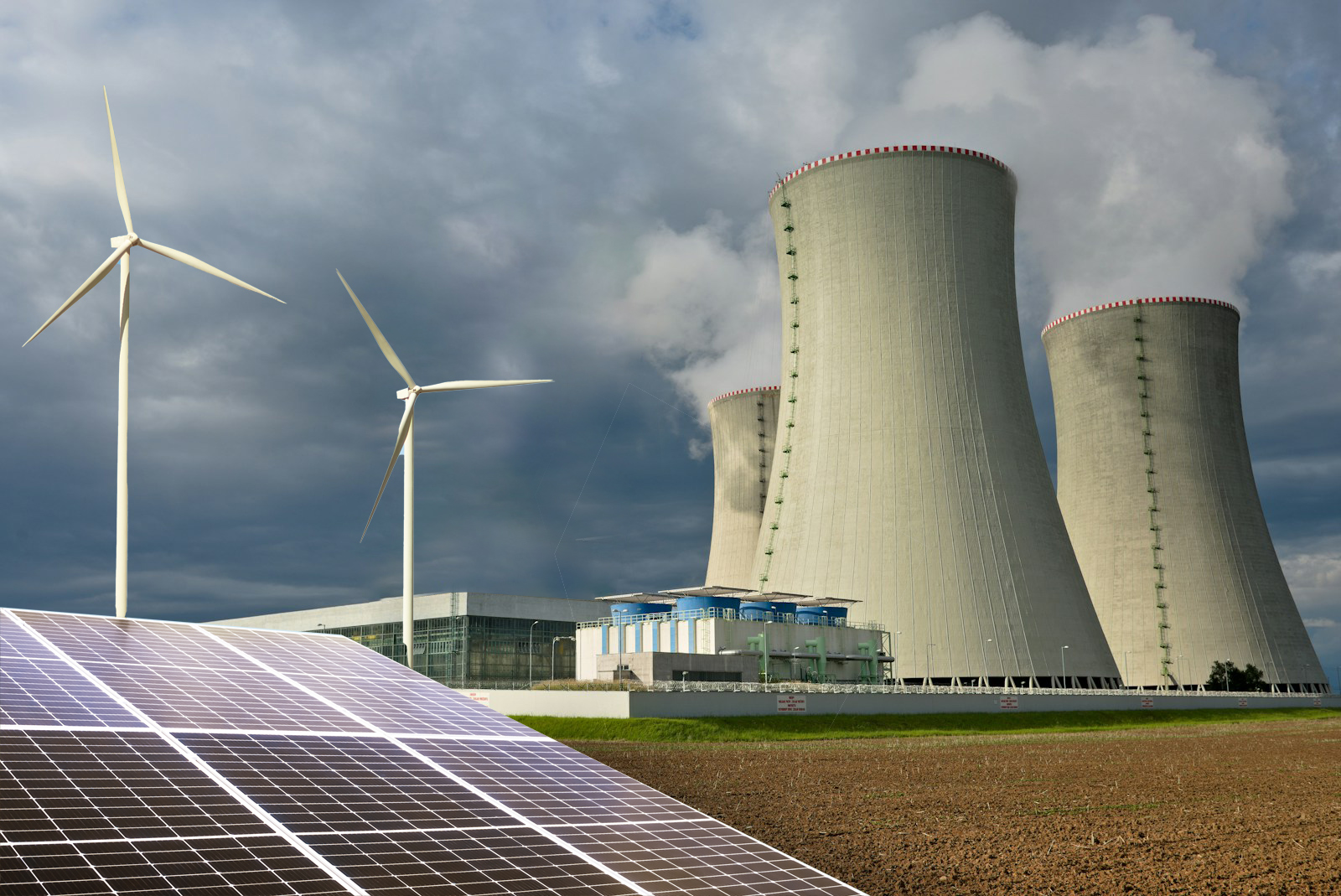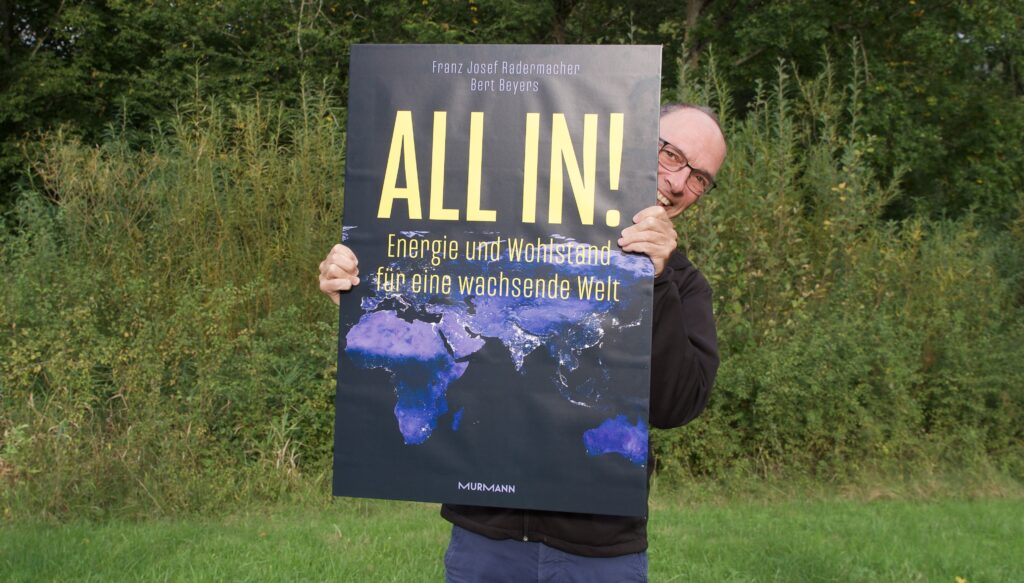At this point, some news of the last few weeks will be addressed which, from GES’ point of view, are reason for hope because they contain building blocks of a possible global solution and / or could help to develop a realistic view of the challenges ahead of us.
The Norwegian state-owned company Equinor could supply Germany with 50 terawatt hours of blue hydrogen by 2030. Federal Economics Minister Robert Habeck signed a joint declaration during a visit to Norway. The CO2, which is produced during the production of hydrogen from natural gas, is stored off the coast of Norway. Talks are currently underway on the construction of a hydrogen pipeline between Germany and Norway. The results of a feasibility study should be available by spring.
During his visit, Minister Habeck also inspected the Langskip carbon capture and storage (CCS) project, which the Norwegian state is financing with 1.7 billion euros. In Germany, CCS is only permitted for research purposes. There are signs of a rethink here. Habeck in Norway: “Better CO2 in the earth than in the atmosphere.” Meanwhile, Norway’s oil and gas production continues to increase and even more fields are to be developed.
In response to the US clean energy subsidy package (Inflation Reduction Act, IRA), the EU Commission wants to spend more than 380 billion euros on the energy transition by 2030. However, these are not just new subsidies, rather 250 billion come from the Corona Reconstruction Fund (RRF).
Green hydrogen from Africa: According to a study by the European Investment Bank (EIB), the International Solar Alliance and the African Union, countries like Morocco, Mauritania, Egypt, Namibia and South Africa could produce 50 million tonnes per year by 2035. The countries could export the hydrogen via pipelines or ships. The prices per kilo should be between 1.55 euros and 1.90 euros.
According to a study by the International Energy Agency (IEA), the transformation of the energy system is ushering in a “new industrial age”. By 2030, this will create a market for climate-friendly energy technology in the order of 650 billion US dollars.
The planned hydrogen pipeline H2Med between Spain and Marseille is to be extended to Germany. This is what the declaration on the 60th anniversary of the Elysée Treaty says.
In the European Emissions Trading Scheme (EU-ETS), the prices for one tonne of CO2 rose significantly last year. While emitters still had to pay an annual average of just under 25 euros per tonne of CO2 in 2020, it was around 80 euros in 2022. Germany benefited significantly from the trading of CO2 rights, to the tune of 6.8 billion euros. Another 6.4 billion euros came from the national CO2 pricing. This results in a record sum of 13.2 billion, which flows entirely into the Climate and Transformation Fund.
The federal government’s expansion targets for renewable energy are hardly achievable. By 2030, six wind turbines would have to be built every day, starting immediately. A study by the Institute of Energy Economics at the University of Cologne points this out. Currently, just under 50 percent of Germany’s electricity comes from renewable sources. By 2030, it should be at least 80 percent, simultaneously as demand grows and the coal phase-out is to realised by 2030. See the GES paper on “Fallacies and Incorrectness”. (LINK)
In order to achieve the climate targets, there is no way around the removal of CO2 from the atmosphere (Carbon Dioxide Removal, CDR). This is what the report on the status of carbon dioxide removal points to. In addition to reforestation (nature-based solutions), the researchers also see the need for technical removal, for example Direct Air Capture.
When rainforests are replanted after clearing, do they emit more CO2 than they absorb? British scientists point this out in a study. They examined an area on the island of Borneo, where they found that considerable amounts of CO2 escape from the soil and from dead wood. For GES, this means that the top priority is to preserve the rainforest. We consider reforestation to be absolutely necessary, but especially on degraded areas where CO2 has not escaped from the soil for a long time.
The German weekly Die Zeit and the British Guardian criticise CO2 certificates in forest protection projects of the certifier Verra as worthless. The journalists speak of “junk certificates” that falsely claimed reductions amounting to 89 million tonnes of CO2. Verra rejects the accusations and speaks of methodological errors by the journalists in dealing with the REDD+ climate protection concept. The dispute shows how important the methods of measuring the CO2 impact of projects are. If it is to succeed in mobilising the necessary private funds for climate protection, these must be resilient and reputation-proof.
On the occasion of the World Economic Forum in Davos, the development organisation Oxfam warns of increasing inequality. For the first time in 25 years, extreme wealth and extreme poverty have increased simultaneously. During the Corona pandemic, the richest one per cent of the world’s population took about two-thirds of the total increase in wealth. Rising food and energy prices are an important reason for this. The development shows that the application of the polluter pays and responsibility principle must finally be given more importance in tackling climate change.




